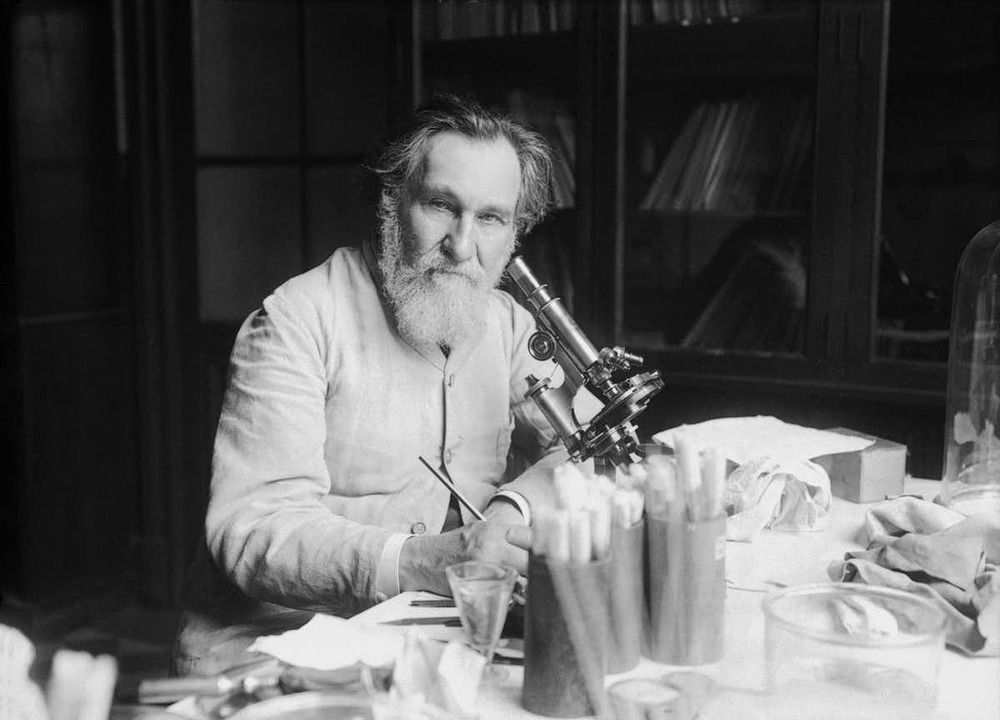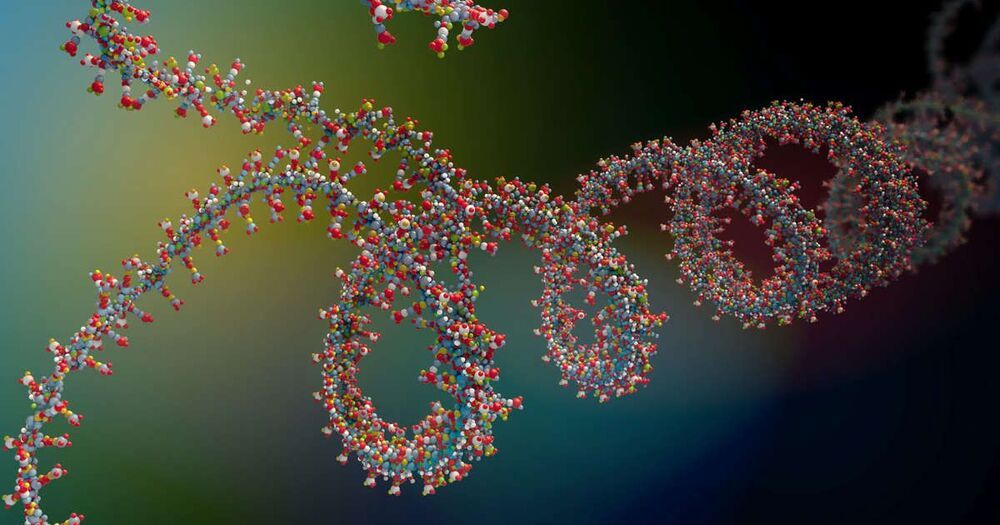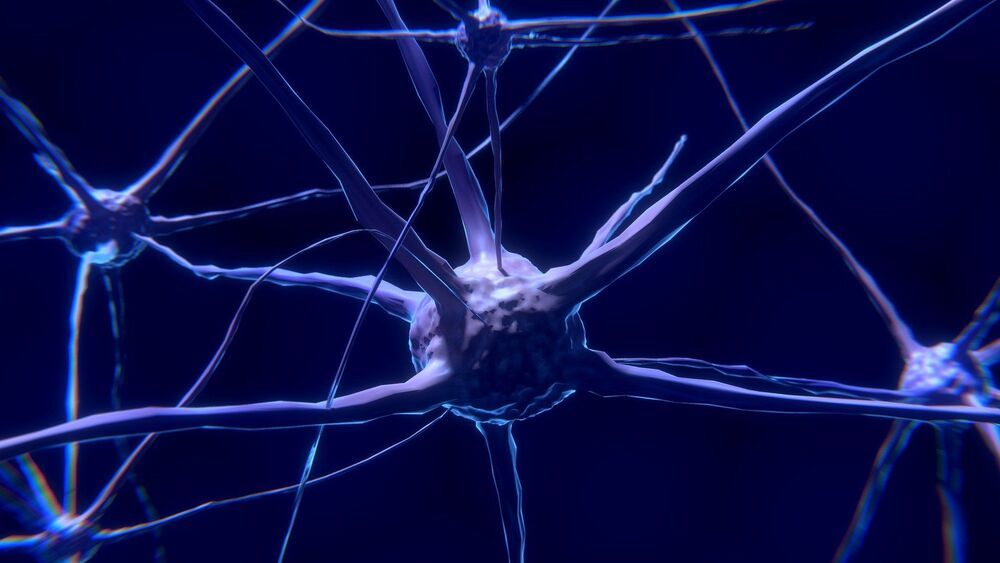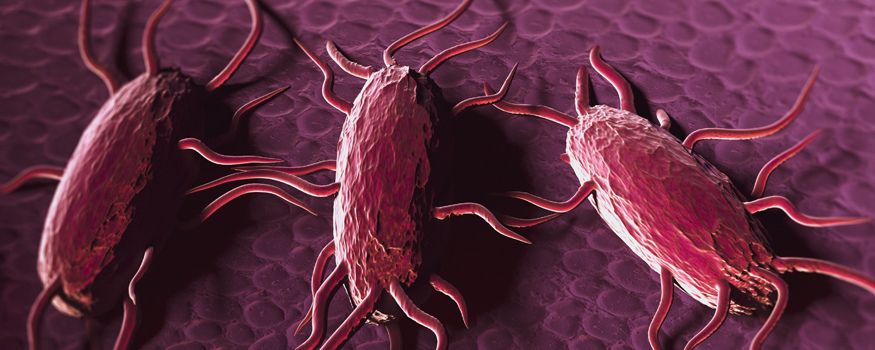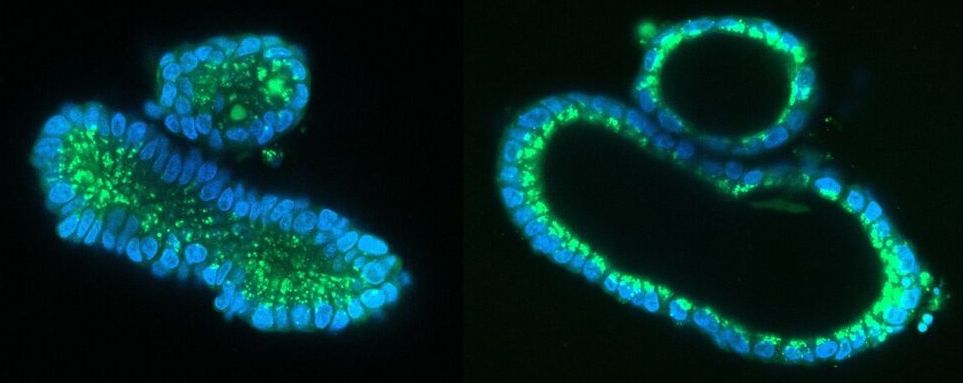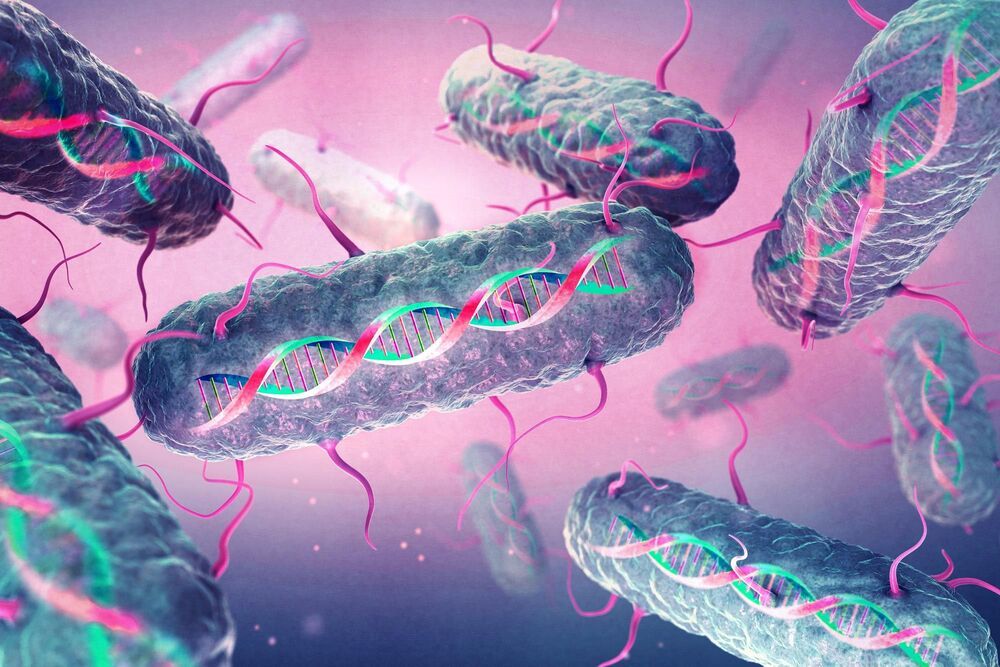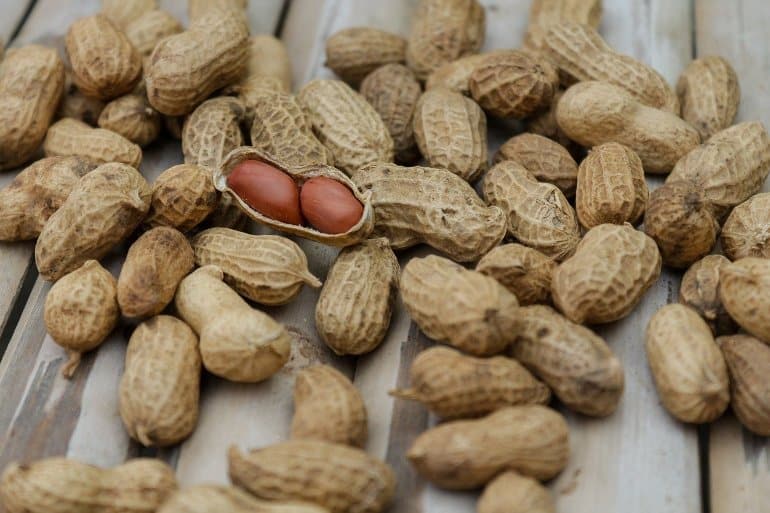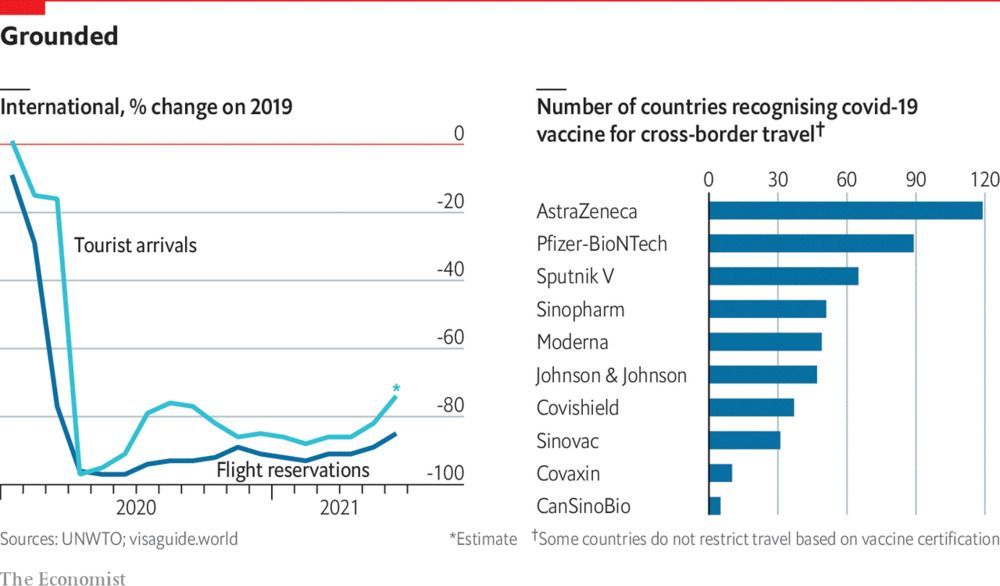Evidence has been accumulating for almost a decade that the microbiome composition changes with age. In 2,012 research by my colleagues at University College Cork showed that diversity in the microbiome was linked to health outcomes in later life, including frailty.
In 1,895 on turning 50 Elie Metchnikoff became increasingly anxious about aging. As a result, the Russian Nobel prize-winning scientist, and one of the founders of immunology, turned his attention away from immunology and towards gerontology – a term that he coined.
He was fascinated by the role that intestinal bacteria play in health and disease and suggested that people from parts of eastern Europe lived longer because they ate a lot of fermented foods containing lactic acid bacteria.
Although popular at the time, this theory linking gut microbes to healthy aging was largely ignored by scientists until relatively recently. We now recognize the importance that the trillions of bacteria, known as the gut microbiome, have in regulating health and disease.
